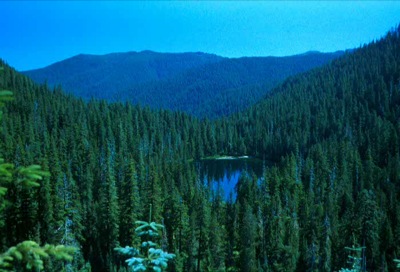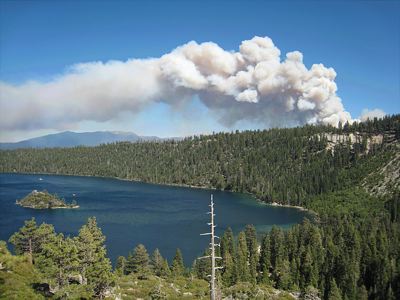Almost every forester I’ve ever met, even ones who work for environmental groups, believes that forests “need” to be thinned. Not just some forests; virtually all forests. Take a forester and show him or her a natural forest, or even one that has been thinned but not in the last ten or so years, and they will invariably say, “This forest needs thinning.”

Is this forest “diseased and in poor health”?
At one time, these foresters argued that thinnings boosted the economic value of the trees. The trees that would be left behind would grow faster. Because you can cut more lumber out of a bigger tree, a few bigger trees are more valuable than many small trees.











